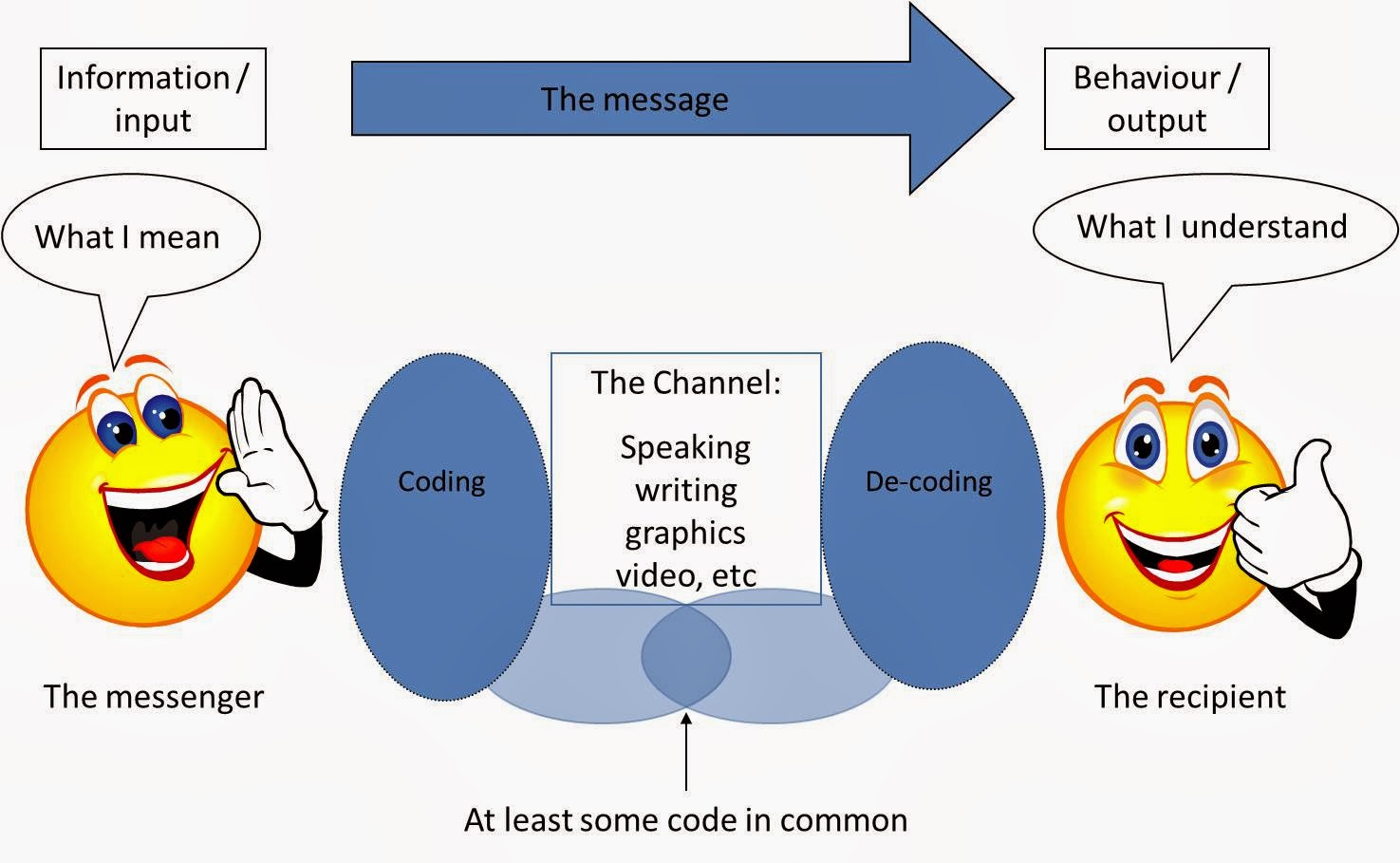The Importance of Communication for Teachers Across the Curriculum
Table of Contents
- Introduction
- Building
Relationships and Trust
- Enhancing
Student Engagement
- Facilitating
Clear Instruction
- Promoting
Critical Thinking
- Encouraging
Collaborative Learning
- Providing
Effective Feedback
- Managing
Classroom Dynamics
- Bridging
Language and Cultural Gaps
- Conclusion
1. Introduction
Effective communication is the cornerstone of successful
teaching. It transcends subject boundaries and plays a crucial role in every
aspect of education. This guide explores the importance of communication for
teachers across the curriculum, providing insights and examples to enhance
teaching effectiveness.
2. Building Relationships and Trust
Strong communication skills help teachers build positive
relationships with students, creating a foundation of trust essential for
effective learning.
Example: An English teacher begins the term by having
students write short autobiographies. The teacher reads each one carefully and
uses this information to connect with students personally throughout the year,
showing that she values their individual experiences and perspectives.
3. Enhancing Student Engagement
Clear and engaging communication captures students'
attention and motivates them to participate actively in lessons.
Example: A science teacher uses storytelling
techniques to explain the water cycle, weaving a narrative about a water
droplet's journey from ocean to cloud to river. This approach makes the concept
more relatable and memorable for students learning English alongside science.
4. Facilitating Clear Instruction
Precise and well-structured communication ensures that
students understand lesson objectives, tasks, and expectations.
Example: A mathematics teacher explains algebraic equations using a combination of verbal explanations, visual aids, and step-by-step demonstrations on the board. He checks for understanding by
asking students to explain the process back to him in their own words.
5. Promoting Critical Thinking
Effective questioning techniques and discussion facilitation
encourage students to think critically and express their ideas clearly.
Example: In a history class, the teacher poses
open-ended questions about the causes of a significant historical event. She
encourages students to debate different perspectives and requires them to support
their arguments with evidence and clear reasoning.
6. Encouraging Collaborative Learning
Good communication skills enable teachers to facilitate
group work and peer-to-peer learning effectively.
Example: An art teacher assigns a group project where
students must create a mural representing their community. She clearly
communicates the project goals, provides guidelines for effective group
communication, and facilitates regular check-ins to ensure all voices are
heard.
7. Providing Effective Feedback
Constructive and clear feedback helps students understand
their progress and areas for improvement.
Example: After a writing assignment, an English
teacher provides written feedback that not only highlights grammatical errors
but also comments on the strength of arguments and suggests ways to improve
structure. She then holds brief one-on-one conferences with each student to
discuss their work.
8. Managing Classroom Dynamics
Strong communication skills are essential for maintaining
discipline, resolving conflicts, and creating a positive learning environment.
Example: A physical education teacher establishes
clear rules for behaviour and sportsmanship at the beginning of the year. He uses calm, assertive communication to mediate disputes and reinforce expectations when conflicts arise during competitive activities.
9. Bridging Language and Cultural Gaps
In diverse classrooms, effective communication helps bridge
language barriers and cultural differences.
Example: A geography teacher introduces new
terminology using a variety of visual aids, gestures, and simple explanations.
She encourages students to share how certain geographical features are named or
described in their home languages, promoting cross-cultural understanding.
10. Conclusion
Effective communication is indispensable for teachers across
all subjects. It not only facilitates the transfer of knowledge but also
creates an inclusive, engaging, and supportive learning environment. By honing
their communication skills, teachers can significantly enhance their
effectiveness, improve student outcomes, and create a positive impact that
extends far beyond the classroom.
Remember, good communication is an ongoing process of
improvement. Regularly seek feedback from students and colleagues, reflect on
your practices, and be open to adapting your communication style to meet your students' diverse needs.



Comments
Post a Comment